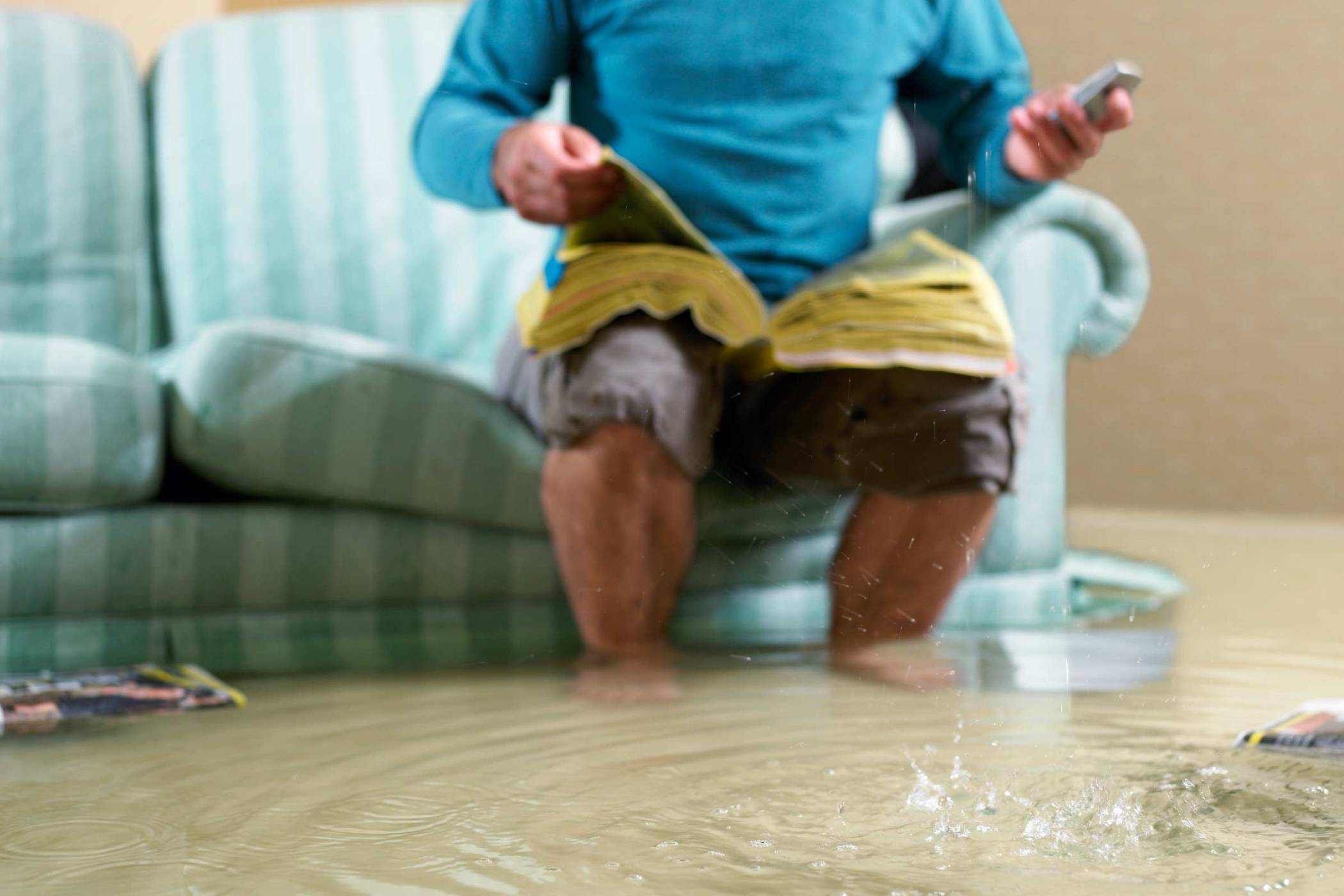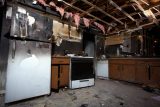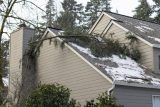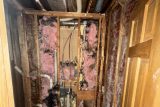Flood Preparedness: Tips for Minimizing Damage Before Restoration
Homeowners
12 months ago
When floodwaters begin to recede, the race against time to minimize damage and protect your home starts. Focusing on flood preparedness and acting quickly can prevent further damage, save valuable items, and reduce the overall impact of the flood. Use our step-by-step guide on what to do in the immediate aftermath of a flood.

Step 1: Prioritize Safety
- Problem: Floodwaters can compromise the structural integrity of your home and pose electrical and gas hazards.
- Solution: Before entering your home, visually inspect the exterior for structural damages like cracks or collapses. Use a flashlight (not an open flame) to check for gas leaks and listen for hissing noises. Avoid using electrical appliances until they’ve been checked by a professional.
- Tip: Always assume electrical circuits are live until confirmed off. If you smell gas, leave the area immediately and contact utilities.
Step 2: Document the Damage
- Problem: Without proper documentation, filing an insurance claim can be challenging.
- Solution: Take comprehensive photos and videos of the exterior and interior, capturing the water levels, damaged items, and structural issues before starting the cleanup process. Ensure the date and time settings on your camera or smartphone are correct for timestamp accuracy.
- Tip: Make a list of damaged or lost items, including their value, to accompany your photo documentation.
Step 3: Remove Standing Water
- Problem: Standing water continues to damage your home the longer it remains.
- Solution: Use a sump pump or a wet-dry vacuum to remove standing water from your home. For areas with less water, mopping and blotting can be effective. Ensure proper disposal of the water according to local regulations.
- Tip: Focus first on areas where water can cause the most damage, such as wood floors or carpeted areas.
Step 4: Salvage and Separate
- Problem: Some items may be salvageable, while others are too damaged.
- Solution: Quickly move items to a dry area and categorize them based on their material and extent of damage. Non-porous items like plastics can often be cleaned, whereas porous items like upholstered furniture may need to be discarded.
- Tip: Prioritize important documents, photographs, and irreplaceable items for early salvage and drying.
Step 5: Begin Drying Out
- Problem: Moist environments promote mold and mildew growth.
- Solution: Increase ventilation by opening windows and doors. Use fans and dehumidifiers to speed up the drying process. Focus on high-moisture areas and materials.
- Tip: If humidity outside is lower than inside, open windows to aid in drying. Otherwise, rely on dehumidifiers and fans.
Step 6: Prevent Mold Growth
- Problem: Mold can start to grow within 24-48 hours in damp conditions.
- Solution: After removing water and starting the drying process, clean all wet surfaces with a detergent solution. Then, apply an EPA-approved disinfectant to prevent mold spores from developing.
- Tip: Wear protective gear during cleaning to avoid exposure to harmful bacteria and mold spores.
Step 7: Contact Your Insurance Company
- Problem: You need to start the claims process to cover restoration costs.
- Solution: Contact your insurance company as soon as possible to report the flood damage. Provide them with your documentation and follow their guidance on the claims process.
- Tip: Be thorough in your communication and keep records of all interactions with the insurance company.
Step 8: Seek Professional Help
- Problem: Significant damage requires professional restoration to ensure your home is safely restored.
- Solution: For extensive damage, contact a professional water damage restoration service provider like Lake City Restoration. They can assess the damage, provide a detailed restoration plan, and carry out the necessary repairs and mold remediation safely.
- Tip: Verify the credentials and references of any restoration service before hiring to avoid scams and ensure quality work.
Flood preparedness and navigating the aftermath of a flood can be overwhelming, but taking prompt and effective actions can significantly reduce the impact on your home. From prioritizing safety to drying out and disinfecting your space, each step plays a crucial role in mitigating damage and preventing mold growth.
Remember, while some tasks are manageable on your own, professional help can ensure a thorough recovery and restoration of your home to its pre-flood condition.
For extensive damage, or when in doubt, reaching out to Lake City Restoration can be a decisive step toward recovery. With expertise in water damage restoration and mold prevention, Lake City Restoration offers the support, knowledge, and tools needed to restore your home safely and efficiently.
Don’t hesitate to call Lake City Restoration for a comprehensive assessment and expert restoration services. Together, we can turn the tide against flood damage and safeguard your home for the future using flood preparedness.




